How coronavirus can be stopped in eight weeks
As America becomes the centre of the pandemic and health services around the world face disaster, former WHO chief Anthony Costello tells Nafeez Ahmed it’s not too late to regain control of the situation
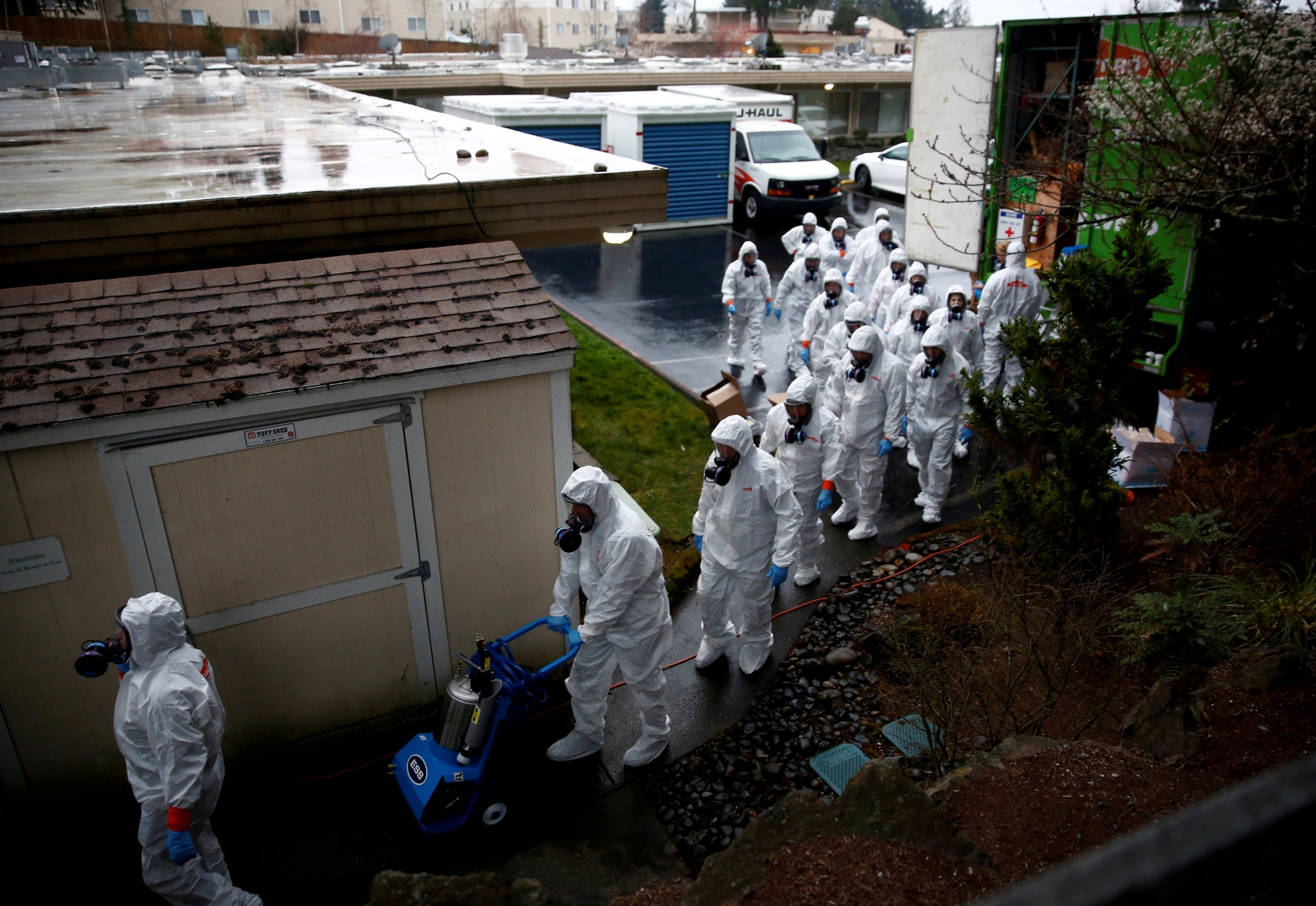
We know we can get this under control,” says Dr Anthony Costello, a former director at the World Health Organisation (WHO) where he headed up maternal, child and adolescent health. “The problem is that Europe has been too slow to act compared with Asia; and America is now facing a huge crisis.”
Costello, who is professor of global health at University College London, where he also previously headed up the UCL Institute for Global Health, spoke to me via telephone from Yorkshire, where he is currently isolating from his family, many of whom are experiencing symptoms of the novel coronavirus.
Costello, who joined the WHO from 2015 to 2018 before returning to UCL, pulls no punches about the failures that, he says, have allowed the new coronavirus to rampage across western countries.
“America is now the epicentre of the pandemic,” he warns, arguing that the United States may experience the highest rate of fatalities anywhere in the world. London, too, he tells me, “will face a health service disaster within two to three weeks, because it’s been allowed to let rip there. I really fear for our people and my health colleagues.”
The reason the US and UK are on track for disaster is due to the failure to take early action, Costello explains. This allowed the virus to spread undetected among communities for as long as two months, setting us up for levels of exponential growth which are now bound to overwhelm healthcare facilities.
But he insists it’s not yet too late to regain control of the situation. And the data suggests we could do it in as little as seven to eight weeks.
“We know that the virus has been circulating in the US at least since mid-January, when a guy flew into Seattle from Wuhan. He seems to have seeded the virus, and since then we have had exponential community transmission,” Costello says.
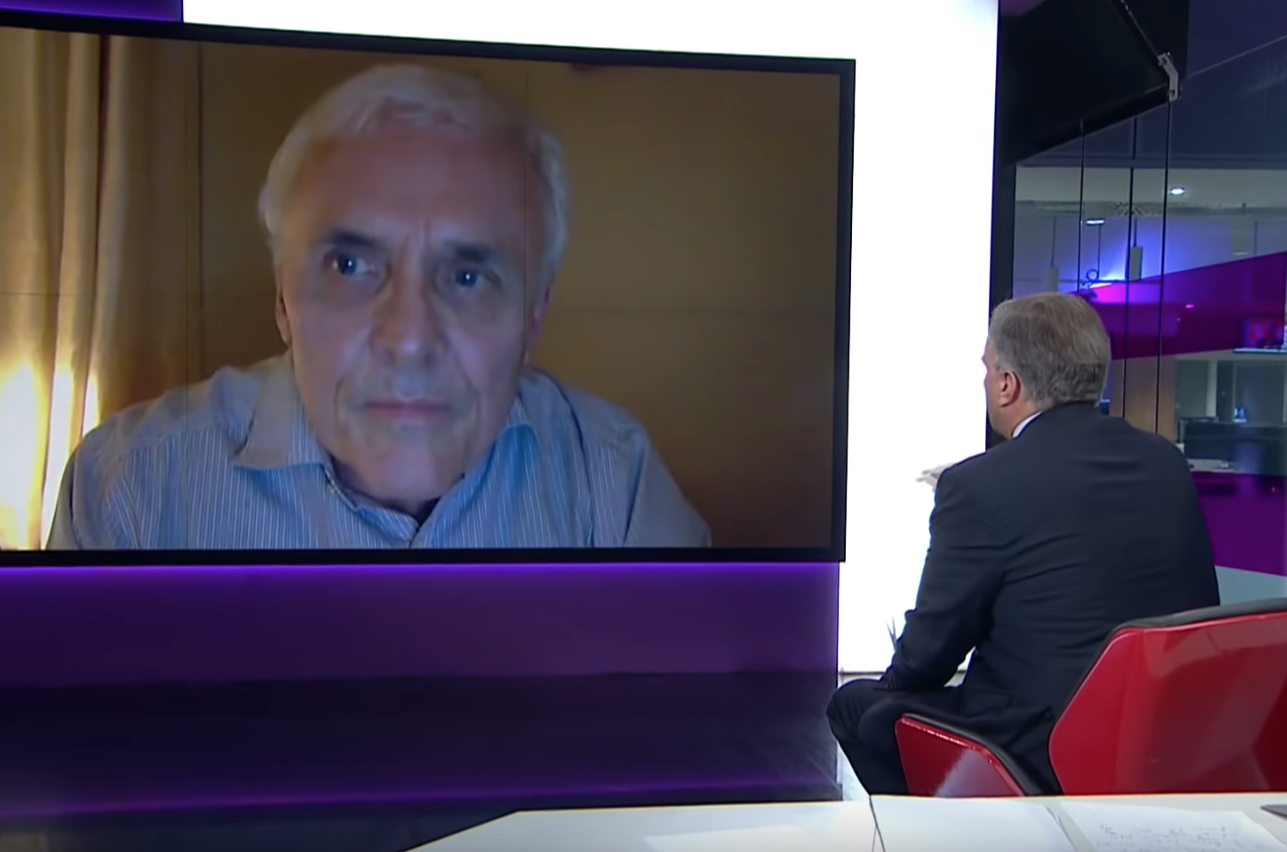
The Trump administration, however, rapidly changed course on its previous inaction after White House officials read a paper released on 16 March by Imperial College London’s Covid-19 Response Team.
That paper, produced by the same scientists advising Boris Johnson’s government in the UK, used a mathematical model to estimate the consequences of the US and British government’s prior strategies of minimalist mitigation.
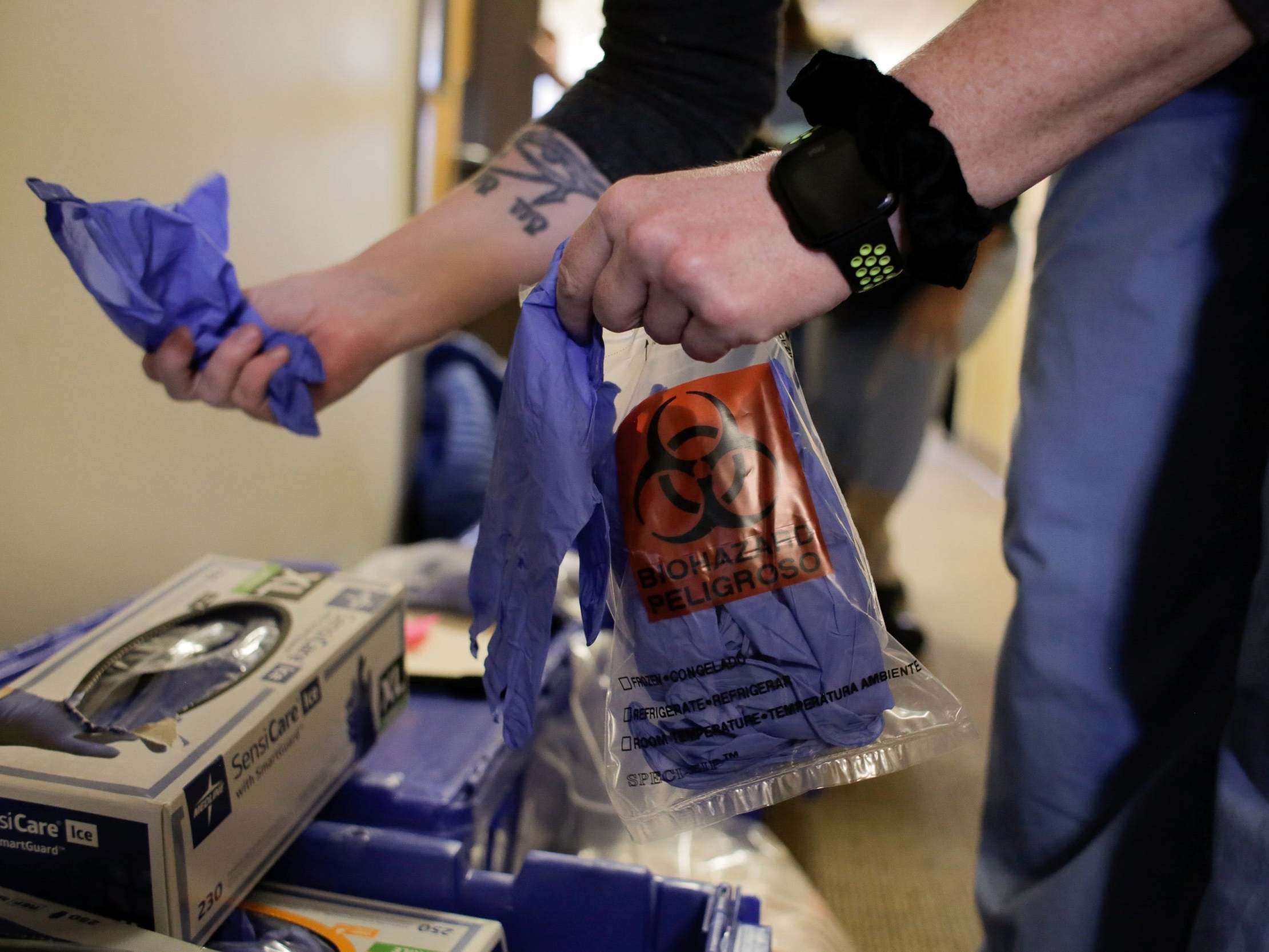
The findings were frightening, forecasting that as many as 1.1 million Americans and 260,000 Britons would die even if more ambitious measures were pursued to slow the epidemic. The only way to avoid this outcome, the Imperial College team recommended, is a comprehensive epidemic suppression strategy enforcing social distancing for 18 months – until a vaccine becomes available.
Since then, the US Centres for Disease Control has adopted the 18-month suppression strategy as part of their official response plan. Meanwhile, Donald Trump has already expressed his reluctance to pursue such a protracted lockdown due to its impact on the global economy.
Seemingly vindicating his approach was a separate model produced by Oxford University which made national headlines, claiming that as much as 50 per cent of the British population may have already been infected and built up “herd immunity” to the virus – implying that social restrictions could be lifted far more quickly.
The study was also amplified by conservative commentators in the US, who suggested that it meant the US lockdown policy should be ended.
But according to Costello, “both these mathematical models cannot be right. I suspect that the truth might in fact be somewhere in the middle.”

While Imperial College London’s modelling of the potential high fatality rate of a “do nothing” approach has been widely accepted by the scientific community, its 18-month solution strategy has been questioned – as has the Oxford model’s opposite approach assuming a buildup of immunity.
A study by the New England Complex Systems Institute at New York University found that the Imperial College scientists had ignored data from east Asia demonstrating the efficacy of mass testing and contact tracing in suppressing the outbreak and minimising fatalities within around five weeks. Epidemiologists and public health experts had also pointed out that the Oxford paper’s optimistic modelling was already contradicted by fatality data from Italy. And neither model has supported the best tried-and-tested responses to dealing with an epidemic.
As a result, says Costello, the “United States is now the epicentre of the pandemic. Currently, Britain is a bit ahead of the US, and two and half weeks behind Italy, which is only a few days ahead of Spain, France and Germany.
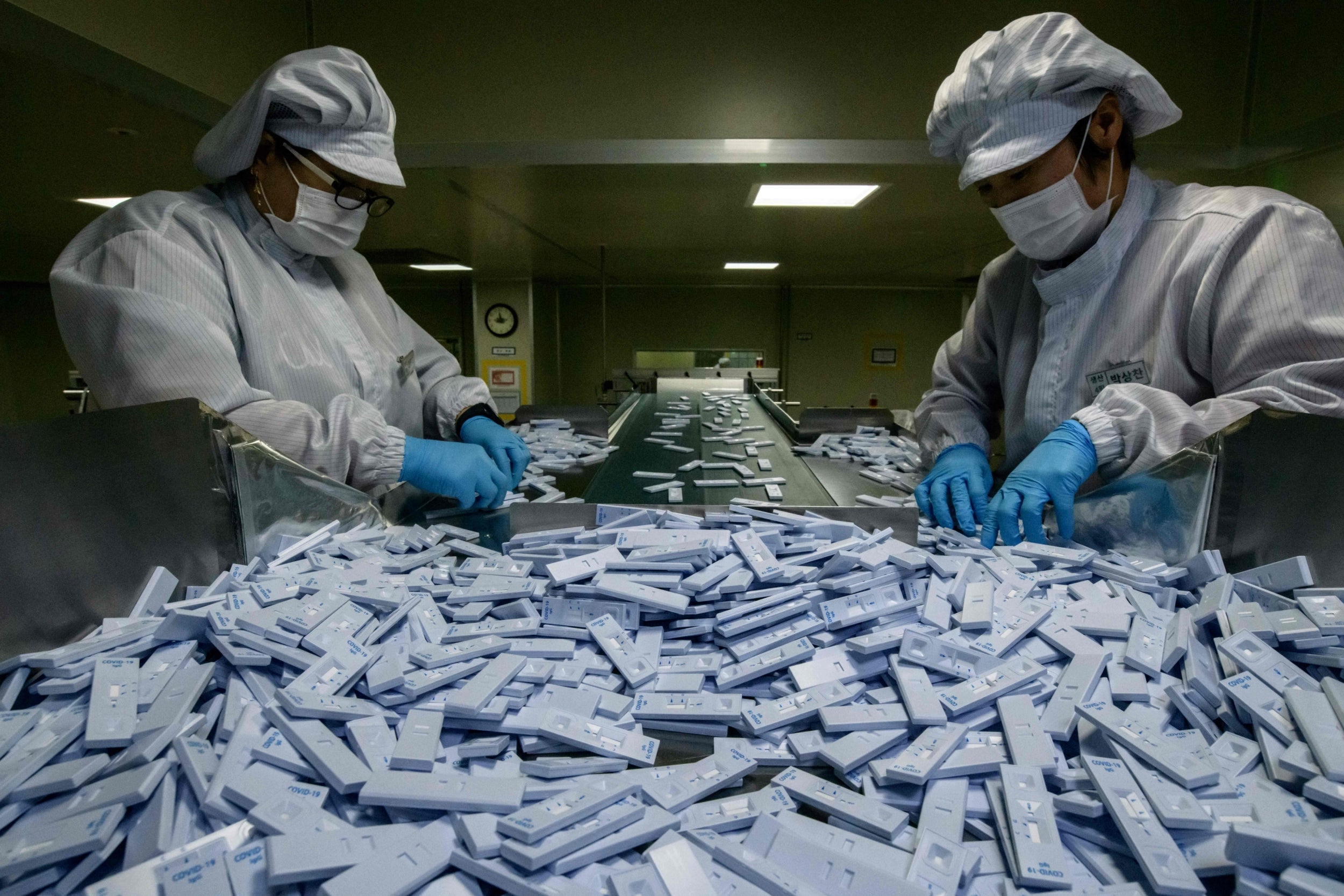
“But the problem is that government has placed the modellers in the forefront of decision-making. SAGE [the UK government’s Scientific Advisory Group on Emergencies] strikes me as having downplayed the public health view. Which is that you’ve got to act fast, find the virus, test test test, trace the contacts of those who are infected, isolate and quarantine, and implement strong social distancing. You do all that and what we’ve seen in east Asia is that you can really contain this, suppress this within seven weeks.”
This won’t make the virus simply disappear but it buys valuable time and drives down the death rate. According to Costello, while there is nothing wrong with bringing in theoretical experts to do mathematical national modelling, the real problem is that the British government’s scientific experts lack significant experience in staving off real-world epidemics.
America is now the epicentre of the pandemic ... [London] will face a health service disaster within two to three weeks, because it’s been allowed to let rip there. I really fear for our people and my health colleagues
“They are all good academics. I have a great deal of respect for them. But none of them have successfully managed a public health crisis like this. The Imperial College paper, for instance, didn’t model the impact of mass testing, and talked only about case isolation. Yet these are precisely the tactics that we know work so well. Mass testing for the virus is already working in places like South Korea, where they’ve managed to find a way to keep this at bay without draconian lockdowns.”
Costello is sceptical of the official claim that the reason we didn’t rapidly bring in mass testing is the lack of capacity.
He cites virologist Professor Julian Peto of the London School of Hygiene and Tropical Medicine who, Costello tells me, has “rightly rubbished the idea that we don’t have the capacity for testing. Just one real-time PCR machine can be used to undertake as many as 10,000 tests over two weeks. All we would have needed to do was ramp this up, mobilising local research labs around the country to reach hundreds of thousands, if not millions. We haven’t done this, and the question is, why?
“We knew at the end of January that a crisis was developing in Wuhan, and any crisis management team would ask, is there a chance it could come to London, or Washington. And the answer at that time from public health experts was simple: yes. We should have started preparing for the worse case scenario. We didn’t.”
There is still time to get ahead of the crisis, Costello says. “We have London surging. Many parts of the US are similarly surging. In the UK we also have the West Midlands and some other areas. But there are other places where we don’t really know what’s going on, because we just aren’t doing much community testing. Testing of health workers is essential, but without community testing we can’t see what’s going on, we can’t tell how the epidemic is spreading. It’s being able to tell that which allows us to move in rapidly to isolate cases, and this is the key to being able to slowly return to some degree of normalcy.”
After announcing the end of the community testing earlier in March, the government U-turned and declared it would ramp up community testing, with Johnson promising 25,000 tests a day. But it still hasn’t happened. “Community virus testing hasn’t properly kicked off. We are still doing a maximum of around 5,000 tests a day. This is way too low.”
Costello is also concerned about tepid government messaging. “It’s not enough to just have modellers, virologists, and behavioural scientists. You need people who can translate this into action. Social scientists. Public health experts experienced in community mobilisation. Right now we are locked into this strange idea that the prime minister or president makes a speech and suddenly the entire country changes its mind. That’s just a fantasy. Throughout my career I’ve seen that just giving people a few of the right messages won’t necessarily change behaviour. We need a more serious decentralised approach and to share data with local communities.”

He refers to some of China’s mass communications measures. “The Chinese managed to suppress the virus in provinces outside Wuhan without the same sort of total lockdown by operating quickly. They had a TV station giving out information on the virus round-the-clock on a 24-hour basis. We had policing of supermarkets and pharmacies. But most importantly we had a comprehensive mass testing and contact tracing programme. And proper protection for frontline health workers. And that’s how this was brought under control within seven weeks.”
In contrast, Costello warns that the situation facing frontline health workers in the US and UK is nothing short of disastrous. “We simply don’t have enough PPE [personal protective equipment]. Not enough visors, not enough N95 respirators. Government is not following WHO guidelines.”
I saw this first-hand when I had to call the emergency services to come and see to my 75-year-old father. He has dementia, diabetes, heart disease and has had multiple strokes. Earlier this week, he tested positive for Covid-19. He is currently in a stable condition in a London hospital. When the paramedics arrived, they wore little more than surgical masks – known to be largely useless in repelling coronaviruses – and thin bibs made out of what looked like the same material as plastic bags. It’s quite possible, if not likely, that they were infected as a result of handling my father – and that they may, in turn, be infecting others whom they deal with during the course of their jobs. But while I’ve been advised to self-isolate after my own contact with my father, no one has told these frontline workers to do the same, and they haven’t been tested – the government only announced a ramp-up of testing for healthcare staff at the end of March.
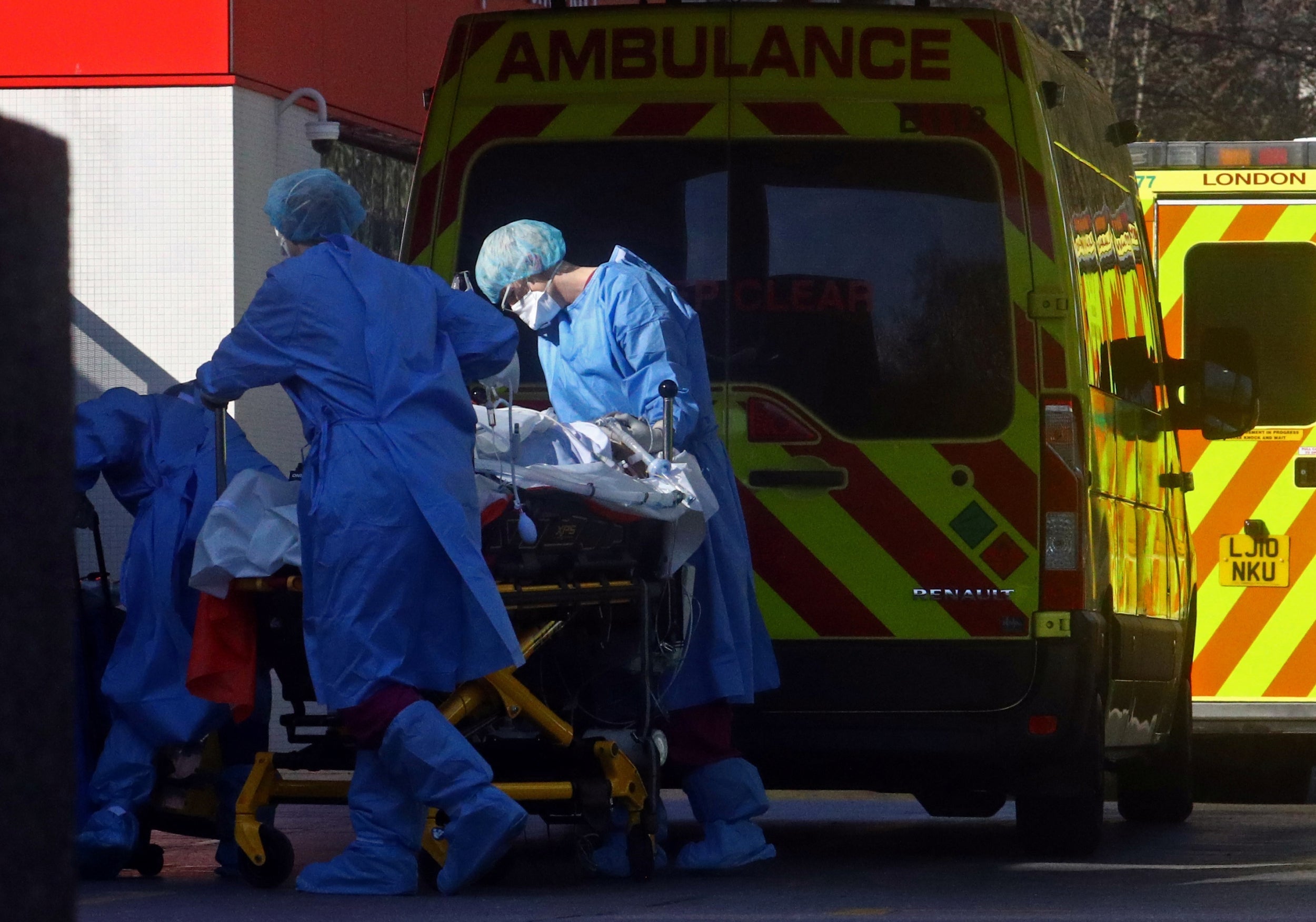
Costello welcomes the measure, but is clear that it is far from sufficient. While the US government has continued to dither on testing, the UK government has announced plans to make test kits available to millions. “I’m worried about the immune response tests they are bringing in. These tests might only become positive a week or two after infection. So they are not a good diagnostic test for active infection. If a health worker tests negative and, reassured, goes back to work they might be actively infectious.”
Further, there is no central coordination for the testing. Costello thinks immune tests will give useful population information but may not give data to authorities which they can use to systematically trace contacts, isolate cases, and contain outbreaks.
If I was advising the government, I would give people a more feasible lockdown period as long as we are very strict ... My fear is that we will now have a longer lead time to achieve this, because we have already let it run
He points out that in east Asia – Singapore, Taiwan, Hong Kong and beyond – while there have been new outbreaks, their coordinated mass test-trace suppression strategies have proven that a huge resurgence of Covid-19 is not necessarily inevitable. The approach means that when outbreaks do reoccur, they can be more effectively contained.
But what about the resurgence of cases, I wonder, occurring in Hong Kong, South Korea and other places? Hong Kong, for instance has had to resort to stronger lockdowns to suppress a sudden upsurge in new cases as restrictions were relaxed.
Costello points out that their success in minimalising fatalities, and their capacity to move fast to identify and isolate outbreaks, puts them in a better position to respond.
“We are playing for time,” says Costello. And it’s in that that we can learn more about the virus. “We don’t know yet how many asymptomatic people are being infected and building immunity. With these people identified they can get back to work. We don’t know how much herd immunity has been created. The more we learn, the more we can get our economy going a bit more with careful monitoring for outbreaks. And we don’t know when a vaccine will arrive.”
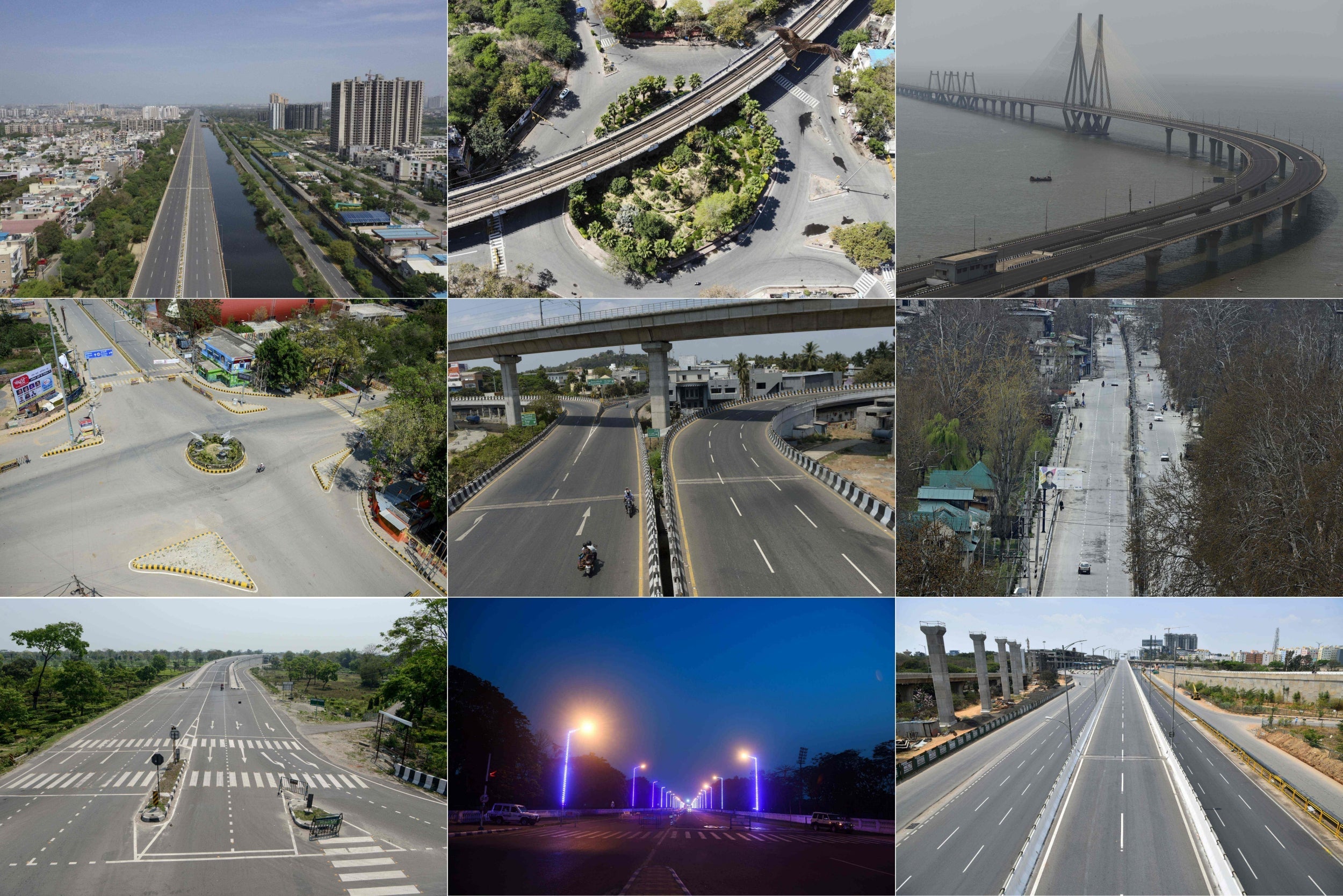
What does the next 18 months look like then? In Costello’s view, with the right strategy, it doesn’t need to be a permanent, full-scale lockdown – but this can only be achieved with a nimble, adaptive approach based on the interplay between mass testing, tracing and isolation, and the data that can be developed from doing so.
“The strategy is to firstly get suppression as in China, South Korea, Hong Kong and so on, which takes about two months. And to save lives and not overwhelm the health services in this first phase. Secondly, this buys time to explore other medium strategies for loosening the lockdown, depending upon the data on immunity and ways to get the economy moving. Thirdly, you get a safe vaccine.”
I ask Costello about the herd immunity controversy. Is it possible that we might develop sufficient levels of immunity in the population that prevent the disease from being a problem? Is that how we will eventually beat this? Or are we doomed to have this virus surge back every time we relax restrictions?
In the long run, he told me, it might be possible that populations do eventually build up immunity to the virus.
“The general idea that we might eventually build up herd immunity has a certain plausibility in the sense that lots of viruses spread around and a lot of people get sub-clinical infections, and immunity can build up that way. It’s a phenomenon that’s well known. We know well that when most of the population are infected and asymptomatic, this can happen. My view is that the truth of what’s in store may lie somewhere in between the Oxford and Imperial models. The bottom line is that we don’t know the quality of that immunity that we get after recovering from this coronavirus, and how long it will last. Virologists say that generally we don’t get long-lasting immunity from coronaviruses. We might also get new strains due to mutations. So even if lots of people have been exposed, we don’t know the quality of the immunity, there may still be a second surge. There are all sorts of unknowns.”
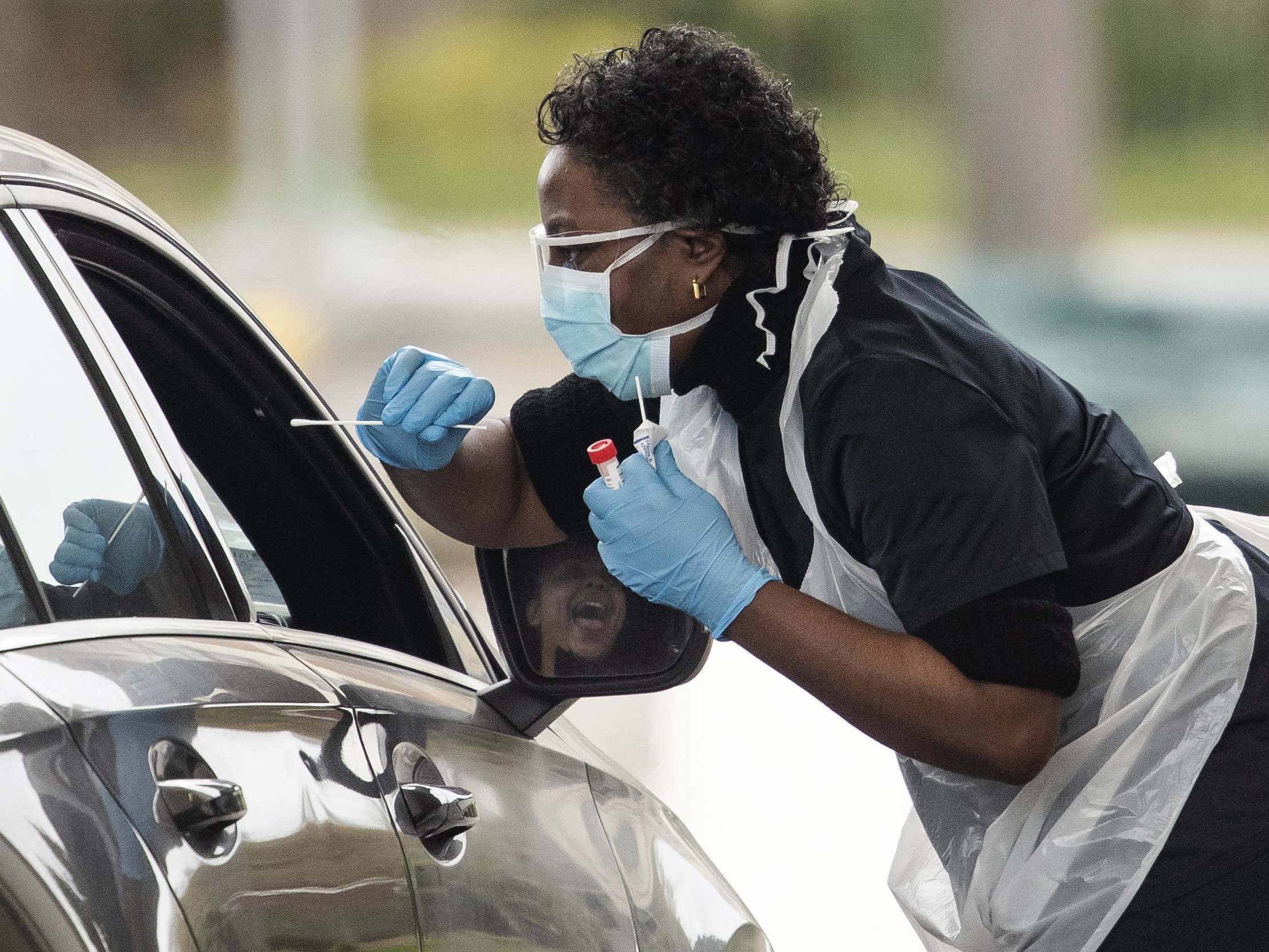
Costello comes back to the importance of coordinated testing. “We need to go out and do mass testing for the virus in communities. This tells us who has it, and where. That information can be given back to communities so authorities and citizens know what’s happening in their area. Whether it’s a nasal swab or an antibody test, we need to do this so that we can base our strategies on actual data. We can only go so far with theoretical models.”
Herd immunity or not, Costello is clear that it is a huge mistake to simply let the virus run. The biggest danger is that if the virus is allowed to simply spread without controls – as it had been for nearly two months – the overwhelming impact on healthcare facilities due to the sheer number of cases requiring hospitalisation could drive fatality rates much higher than anticipated, as is happening in Italy. The model’s warning of the risk of millions of deaths in such a scenario are, Costello says, very possible.
“If I was advising the government, I would give people a more feasible lockdown period as long as we are very strict. That, as in Asia, we can get this under control in about two months. Even Wuhan is starting to open up. My fear is that we will now have a longer lead time to achieve this, because we have already let it run. But if we focus on an eight-week challenge, with mass testing to inform a systematic approach to tracing and isolating, we may not need an 18-month lockdown.”
Join our commenting forum
Join thought-provoking conversations, follow other Independent readers and see their replies
Comments